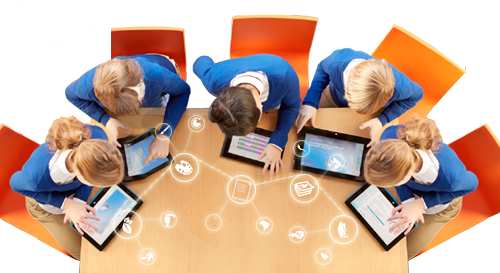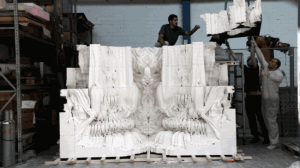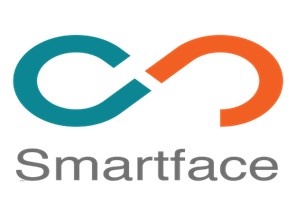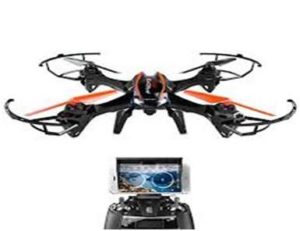5 Future Technologies That Will Shape Our Classrooms – Future of Education

Nowadays we have numerous technologies, therefore, we may think that nothing more can be invented. However, technologies emerge fast and it is hard to predict what will be the future of technology in education. More and more students look for the online shops, and they even use essay services that are accessible from the smartphones…Technologies do not stop!
As for now, we want to take a look at Top 5 future technologies that will probably shape our classrooms and may change the way of learning for the better.
1:- Augmented Reality Eye-Wear
Augmented Reality glasses can change our lives completely. For example, students may have a chance to see their favorite historical characters such as Napoleon Bonaparte, Benjamin Franklin or Nefertiti. Moreover, children can learn something new using AR glasses outside their classrooms. AR glasses provide the picture on top of reality and information that is layered over the things you can see through the lens.
Currently, a limited number of schools use smartphones’ apps that have access to AR technology. In addition, there are a couple of interesting apps that use AR technologies, however, they are mainly used not for the educational purposes but for entertainment.
2:- 3D Printing
From the time when the 3D printers will be available in every school, kids will have an opportunity to create the things they want to play with and to develop their creativity skills by making 3D models. Teachers and students, who work or study in a field of engineering can benefit most of all. 3D printing is a great technology that can save plenty of time and a lot of money. We recommend you to read an article about the advantages of 3D printing in educational programs.
3:- Digital Clouds
Cloud computing is popular nowadays, and in future, it may become a typical and a “nothing special” thing. The only thing students will need is an electronic device with an access to a cloud computing. Children can forget about heavy textbooks and other printed materials because they can read all the books as long as they have an Internet connection. This way of studying and keeping information is convenient and a modernized one. Furthermore, children can do they home works on computers and then transfer to the cloud, which is accessible to the teachers.
In addition, the campus libraries may not be popular in future because they can be replaced with the digital libraries.
4:- Biometrics
Biometrics are usually associated with security because it is made to recognize what is unique in each person and his/her identity. All of us know the recognition of fingertips, voice, faces and iris patterns.
Some schools try to prevent truancy by using fingerprinting and mostly these schools are Chinese.
Biometrics can be used by teachers to understand how students understand lectures and absorb the other content. For example, a similar procedure was made by advertising researchers, who have been using the technology of eye-tracking to see the consumers’ responds to different ads and to see what catches their attention most.
Thus, after conducting these tests and analyses, teachers can create individual learning plans for students with different perceptions that suit each student’s style of learning.
5:- E-paper
E-papers are made of plastic, therefore, they are unbreakable and provide interactivity. Students can swipe, tap and pinch different things on the displays and take them to the school instead of the textbooks.
For example, Sony produces an A4-sized digital paper prototype. You will be amazed by the fact that it weighs only 63g! Is not it the technology of future? Using e-papers is flexible and entertaining.
It is hard to examine the classroom of the future, as though it is something that it exists in some faraway time. Actually, teaching is changing regularly. Innovation and extended teaching procedure have brought about a transformation of the classroom and of teaching strategies. Furthermore, there will be much more changes later on.
Innovation will be a central point in how a today teaching differs from a future one. Teachers will understand that they have to reexamine the whole model of the teaching process and overhaul it with the goal that it is more focused on the technology in the classroom. This implies receiving new advancements, however, it additionally implies abandoning bygone states of mind about what constitutes teaching achievement and perceiving that teaching rivalry is a reality. We hope that each school in future will have an answer to the question: “How to use technology in the classroom?”








